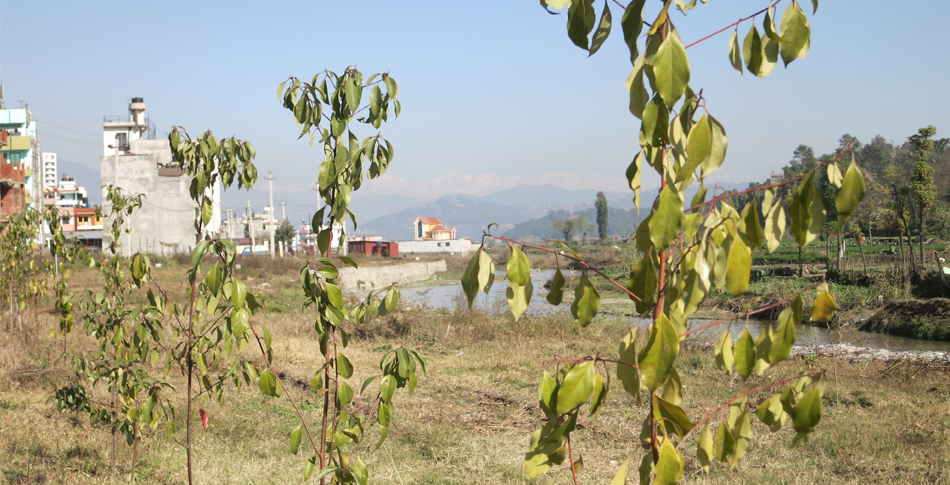Nepal
In our newest projects in Nepal, by working with local community groups to plant fruit trees on hilly land that is otherwise left fallow, we will give locals a new income source and with it choices around their work and their children’s education; greater nutrition, as they typically wouldn’t be able to afford fruit; and better air quality as the trees soak up carbon into their roots, trunk and branches. We have also supported the creation of urban green spaces across five sites in Nepal, turning what were makeshift rubbish dumps into park land for the community, as well as planting fruit trees on these sites to demonstrate fruit production to nearby villages.
In order to reach out to locals and monitor the success of the programs our approach is to partner with selected local Nepalese Non-Government Organisations who already have an established infrastructure and strong relationships in local communities. These NGO’s will be responsible for getting the word out about the program and monitor the progress of the joint program on a regular basis.
When it comes to Gross Domestic Product Purchasing Power Parity, the International Monetary Fund ranks Nepal in the bottom 10% of the world, and so the need for our involvement and the

